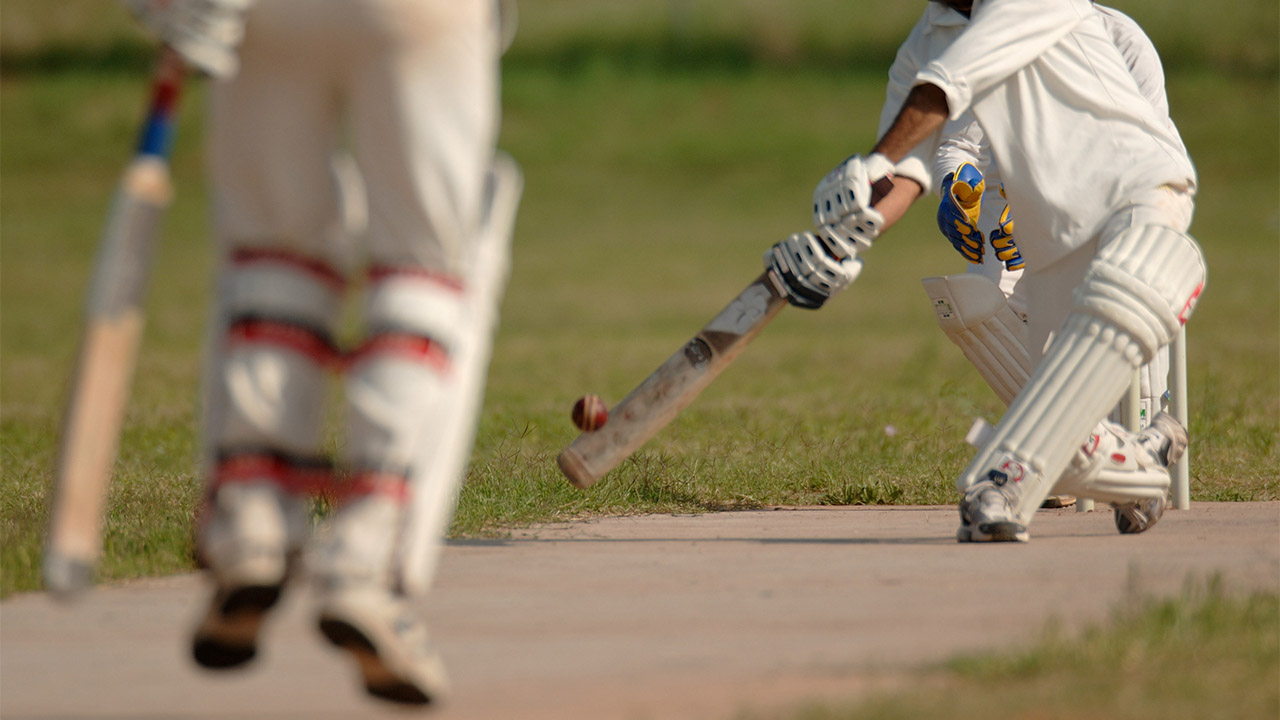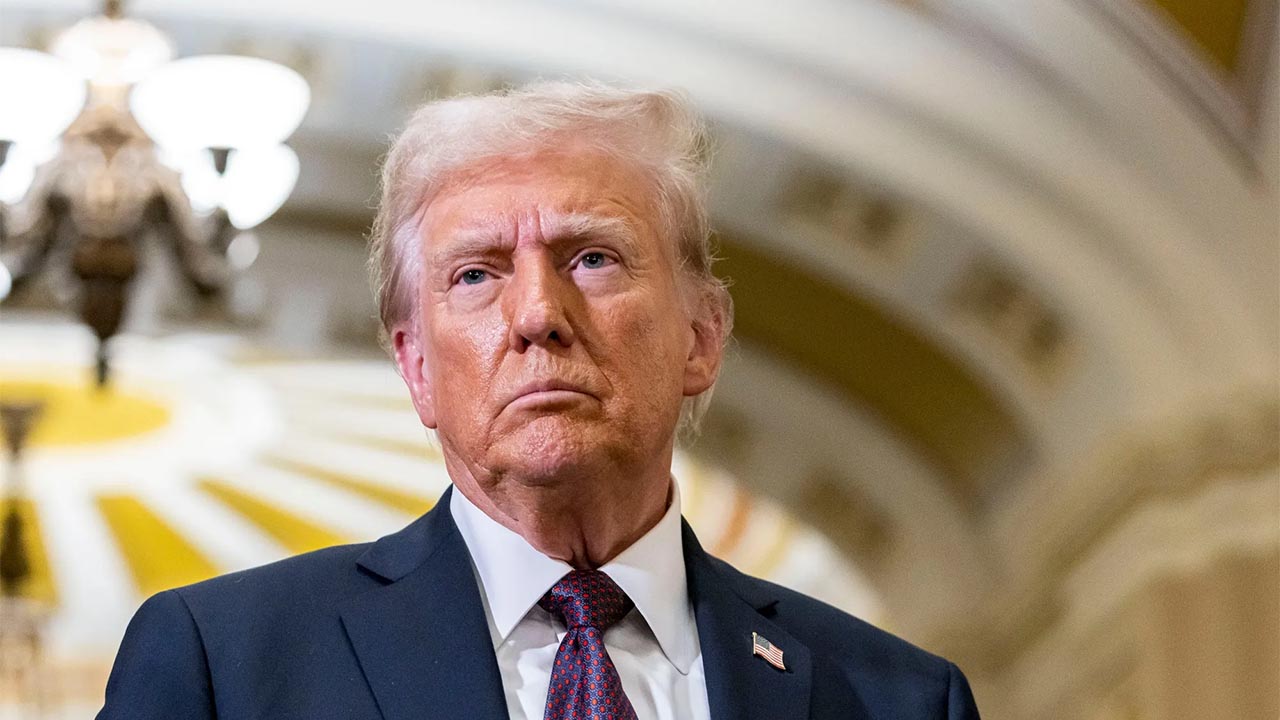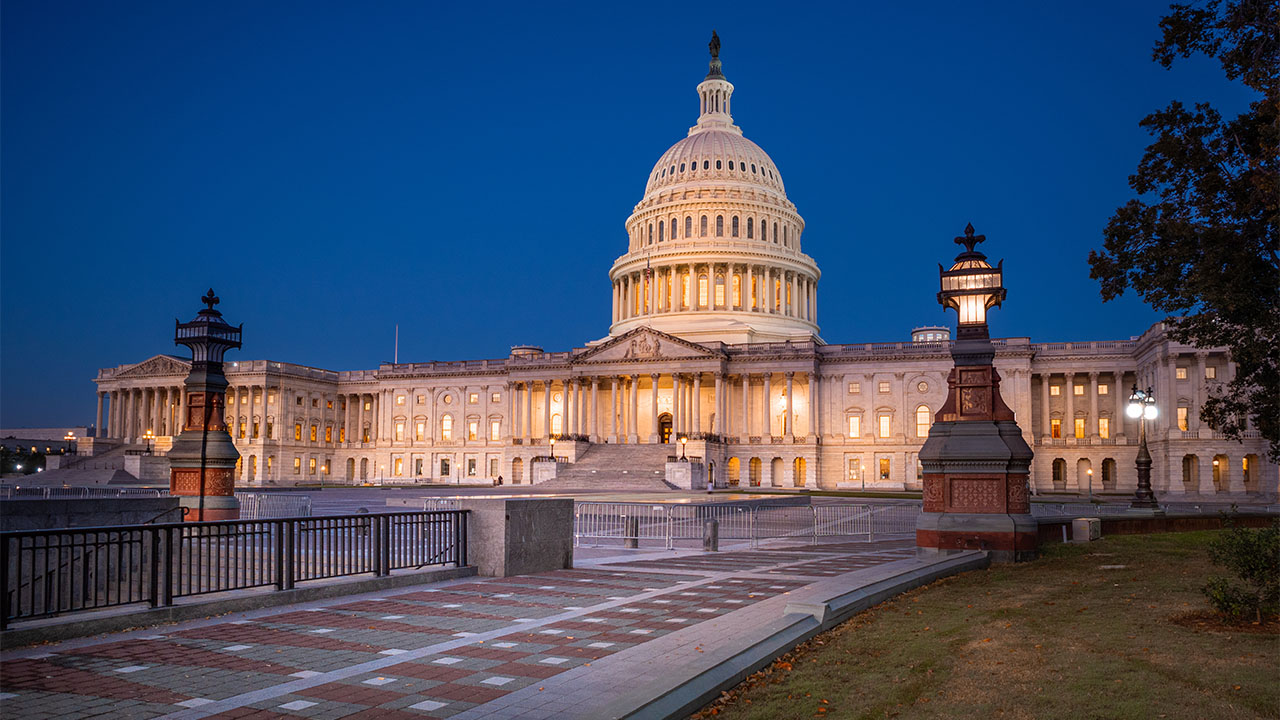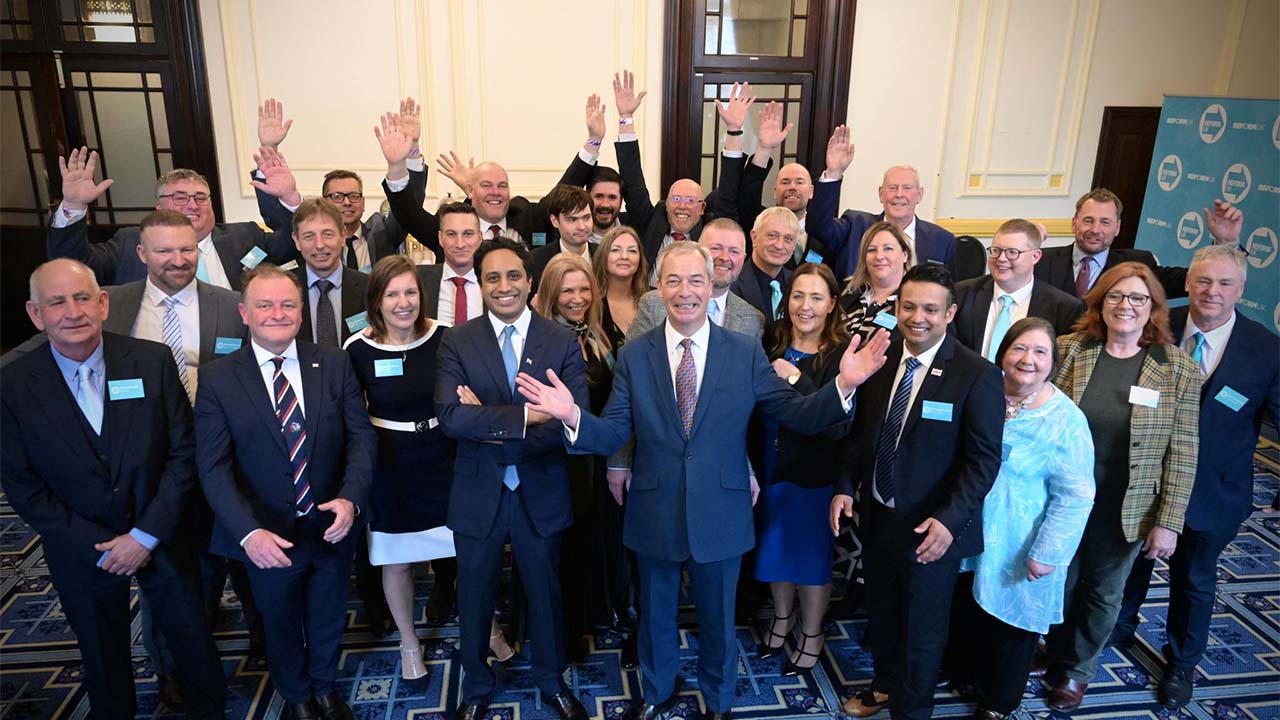I don’t like cricket. I love it.
Thankfully, with the ever-expanding reach of the internet and streaming services, I can sit at daybreak on my porch here in Florida, first coffee in hand, and watch Lancashire battle Essex in a county championship game from Blackpool, listen to Test Match Special as England attempt to wrestle the Ashes back off the Aussies from Old Trafford, or revel in a T20 Big Blast from Birmingham’s Edgbaston Ground.
Cries of ‘Howzat?’ raise startled surprises from my neighbours and their visitors as they head off to the beach or for their lycra-clad jog.
But this week, I was also able to tune in to domestic American cricket as theTexas Super Kings took on the Los Angeles Knight Riders in the inaugural Major League Cricket T20 Tournament.
Now, there have been many previous attempts to introduce cricket to these shores with mixed results.
One of the more successful has been Minor League Cricket which will enter its third season this summer with 26 teams ranging from the Manhattan Yorkers to the Silicon Valley Strikers contesting 150 fixtures before culminating in a Championship decider at the end of September.
Minor League Cricket is a developmental league which has strict control over the playing roster, meaning each club must have a mix of seasoned professional players and U19 and U21 talent to create a pathway into the game for US cricketers to follow.
So, what can – or must – Major League Cricket achieve to advance the game?
It can learn from the other associations and federations who have gone before.
Many American sports are hampered by not being played by anyone else and, therefore, struggle to have much in the way of meaningful international fixtures. As a result, they fail to attract those all-important global audiences. Plus, America likes to be #1, but where Team USA does compete in ‘global sports’ like football and rugby they have struggled – though they are making progress – to challenge the established playing nations, despite having the population, the money, the infrastructure, and the sponsors.
So, what can help Major League Cricket overcome the multitude of challenges if it is to live up to its ‘potential’ – a much over-used phrase when it comes to talking about US sports business.
Here, cricket is a South Asian game. It is largely played by Indians and Pakistanis – with a few West Indians, South Africans, Kiwis and Brits for good measure – in parks and on empty lots across the country.
Living in New York City, I used to travel up to Van Cortlandt Park to watch and play the game on a set of overlapping public cricket ovals and squares, fringed by families cooking and eating and enjoying the social life cricket so easily provides; this was a cultural trip to the sub-continent as much as a subway ride into the Bronx.
That Indian thumbprint on Major League Cricket (MLC) is clear for all to see.
The Times of India Group is a founding partner, successful businessmen from India’s diaspora have put their wealth behind it, and the big Indian Premier League (IPL) franchises are owners of the teams too.
Of course, this isn’t simple philanthropy. It’s about money and power. Indian politics and business are intertwined with the sport and the franchises are often proxies for that.
There are also some strategic reasons too.
The IPL teams want to sign the best players in the world. They want to have the best players contracted to them, and with T20 seasons being relatively short, having a second competition for their stable of players to take part in, especially if they can find another global audience to reach, makes a lot of business sense.
But MLC can’t succeed if it is just seen as a junior part of the IPL empire. Americans won’t swallow that. What MLC needs to do is create cricket with a distinctly American flavour.
T20 is probably the best format of the game to do that with its slugfest, every ball counts, bodyline bowling characteristics. As has been proven in the UK and Australia as well as India, incorporating U.S.-style razzamatazz – fireworks, cheerleaders, music and plentiful food and drink concessions – fits more comfortably than in the four or five-day versions of the game.
And other opportunities are around the corner too.
The ICC has selected the U.S. to be the co-host with The West Indies of next year’s T20 World Cup.
As well as raising cricket’s profile in the US with sports fans, this will also pique the cricket world’s curiosity about how healthy the game is in the world’s largest sports market.
In embracing this opportunity, hopefully it will draw together the various members of the cricket ecosystem – American Cricket Enterprises, the promoters; Willow TV, the pay to view broadcaster; Cricket US, the regulator – to cooperate and collaborate on making this a success.
One of the biggest challenges MLC faces is the lack of professional grade facilities. This first season will be played in just two locations – a converted baseball stadium in rural Texas and a cricket ground in Morrisville, North Carolina – neither providing easy access to curious or passionate supporters of the game.
But with the World Cup coming to our shores, there is talk of stadia expansion, existing facilities being upgraded, and even the building of cricket specific facilities in some of the nation’s major conurbations to capture crowds.
This would offer a potential new home to many of the MLC’s franchises.
Major League Cricket also needs to carefully select its sponsors and partners.
Sports nowadays are a cultural and commercial phenomenon as much as a Corinthian challenge.
While, perhaps inevitably, an Indian food manufacturer with global expansion ambitions is likely to be a headline sponsor, the game will need to attract brands who will pour their dollars into activation rather than simple naming sponsorships to help stretch the games reach beyond its obvious established audience of Indian and South Asian fans.
Successful sports tournaments are measured in global audience figures too.
MLC and the ICC World Cup will need US brands, technology partners and social media influencers and channels if they are to succeed in reaching those new audiences. They will need short form highlights in TikTok and SnapChat feeds, live twitter feeds, YouTube analysis and approachable and accessible voices to explain the game of ‘googlies’ and ‘silly-mid-ons’ to an audience who may give you – at best – 30 seconds of their time.
But be bold.
The US cricket powers-that-be don’t need to create a pale imitation of someone else’s style of the game. In the same way Saudi is looking to shape golf and perhaps soccer, the world’s biggest sports market needs to be bold and claim the game for themselves.
And we have reason to celebrate that cricket has finally returned to our shores.
A little-known fact, one which ruffles the starched collars in the MCC and Lord’s Long Room I am sure, The U.S. was the venue for the first ever cricket international when England played Canada in Manhattan in September 1844 in front of a crowd of 20,000.
And if anyone wants to shout that this was just some exhibition game unlike ‘real’ cricket – eat your words – the second day’s play was lost to rain, just like real cricket.
It’s coming home. Cricket’s coming home.













